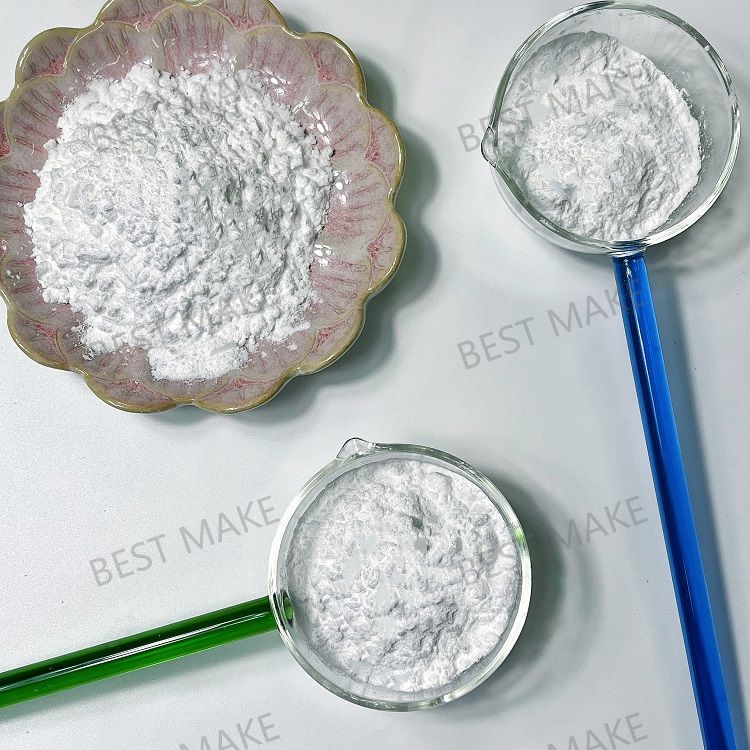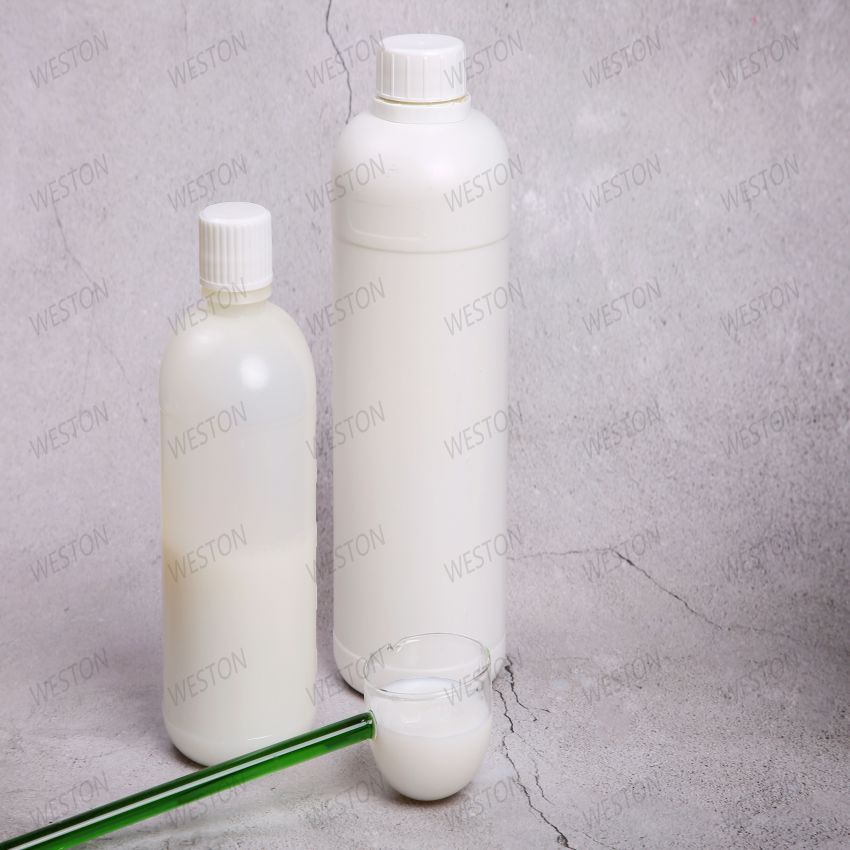-
Categories
-
Pharmaceutical Intermediates
-
Active Pharmaceutical Ingredients
-
Food Additives
- Industrial Coatings
- Agrochemicals
- Dyes and Pigments
- Surfactant
- Flavors and Fragrances
- Chemical Reagents
- Catalyst and Auxiliary
- Natural Products
- Inorganic Chemistry
-
Organic Chemistry
-
Biochemical Engineering
- Analytical Chemistry
- Cosmetic Ingredient
-
Pharmaceutical Intermediates
Promotion
ECHEMI Mall
Wholesale
Weekly Price
Exhibition
News
-
Trade Service
1.
The effect of ion polarization on the physical properties of compounds
Ionic polarization causes the bond type of the compound to transition from ionic bond to covalent bond, which inevitably reduces the solubility of the compound and lowers its melting and boiling points
.
1) Reduce the solubility of the compound
The solubility is AgF>AgCI>AgBr>AgI, in which AgF is a soluble salt, and the rest are insoluble salts
.
The reason is that the radius from F - to I - increases in order, the deformability of anions increases in order, and the polarization with Ag + increases
.
It is worth noting that there are many factors that affect the solubility of a compound.
In addition to the bond type of the compound, the effect of the heat of hydration of the ion is also very significant
.
For example, of FeCl 2 is an ionic compound of FeCl .
3 significant covalent, but of FeCl 2 solubility ratio of FeCl .
2) Make the compound melt and lower the boiling point
The stronger the ion polarization and the more covalent components in the compound, the lower the melting and boiling point
.
For example, the boiling points of the following compounds decrease sequentially
.
Ions without considering polarization can be predicted of Al 2 O .
3 melting point should be higher than MgO, because both are ionic compounds, and of Al 3+ and O 2 - attraction between greater than of Mg 2+ and O 2- inter Gravity, that is , the ionic bond of Al 2 O 3 is stronger than that of MgO
.
The actual measurement result is that the melting point of Al 2 O 3 (2054°C) is much lower than that of MgO (2806°C).
This is caused by ion polarization.
If only the polarization of ions is considered , the solubility of ZnI 2 , CdI 2 , and HgI 2 should increase in sequence, and the melting point should increase in sequence, but the experimental results are exactly the opposite because the mutual polarization is ignored
.
A Zn 2+ , of Cd 2+ , Hg 2+ radius successively increased deformability is increased successively, with each polarization among plants were enhanced, so ZNL 2 , Cdl 2 , Hgl 2 polarity is sequentially reduced bond , The melting point decreases successively, and the solubility decreases successively
.
3) Deepen the color of the compound
The stronger the ion polarization, the greater the electron cloud overlap between the positive and negative ions in the compound, the easier the charge transfer, and the darker the compound color (the color and charge transfer content of the compound will be discussed in detail in the chapter on coordination compounds)
.
E.
g
2.
The effect of ion polarization on the stability of compounds
1) Affect the stability of binary compounds
For binary compounds, the extreme form of ionic polarization is the transfer of electrons from anions to cations, and a redox reaction occurs, that is, the decomposition of the compound
.
The stronger the cation polarization ability, the lower the thermal stability of the compound
.
For example, the thermal stability of the following pairs of compounds
.
PbCl 4 <PbCl 2Ag 2 O<Cu 2 O
2) Affect the stability of oxo acid salt
For the oxo acid salt, the cation and the central atom of the oxo acid radical simultaneously polarize the oxygen atom.
The stronger the cation's polarization ability, the easier it is to extract oxygen from the oxo acid radical to form oxides, and the oxo acid radical will undergo decomposition reaction.
This process can be represented by Figure 6-42
.
Figure 6-42 Thermal decomposition process of oxo acid salt
Ion polarization ability H + >Li + >Na + >K + , compound thermal stability HNO 3 <LiNO 3 <NaNO 3 <KNO 3 , H 2 CO 3 <Li 2 CO 3 <Na 2 CO 3 <K 2 CO 3
.
The thermal decomposition of nitrate is often accompanied by an oxidation-reduction reaction
.
H + has a very strong polarization ability.
H 2 CO 3 decomposes rapidly at room temperature , and HNO 3 decomposes slowly when exposed to light at room temperature
.
Compared with the polarization of the central atom of the oxoacid radical on the ligand oxygen, the polarization of the cation on the oxoacid radical is also called reverse polarization
.
If the central atom of the cation and the oxygen acid radical are the same, the thermal stability of the oxo acid salt depends on the oxidation number of the central atom of the oxygen acid radical
.
The higher the oxidation number of the central atom, the stronger its ability to polarize oxygen, that is, the stronger the ability of oxyacid radicals to resist cation polarization, and the higher the thermal stability of oxyacid salts
.
The decomposition temperature of AgNO 3 is 444℃, and the decomposition temperature of AgNO 2 is 140℃
.
The reason why AgNO 3 is more stable than AgNO 2 is that the polarization ability of N(V) is stronger than that of N(Ⅲ), that is, the ability of N(V) to resist the cation Ag + polarization is stronger than that of N(Ⅲ)
.
In the same way, HNO 3 is more stable than HNO 2 , H 2 SO 4 is more stable than H 2 SO 4 , and Na 2 SO 4 is more stable than Na 2 SO 3
.
3.
The effect of ion polarization on the hydrolysis of compounds
The hydrated salt formed by the combination of a highly polarized cation and the acid radical of a volatile acid is prone to hydrolysis when dehydrated by heating, and anhydrous salt cannot be obtained
.
E.
g
The salt of the highly polarized cation dissolves in water or undergoes hydrolysis in humid air
.
E.
g
The highly polarized cation salt reacts with alkaline salt solutions such as Na 2 CO 3 or Na 2 S to generate hydroxides without generating carbonates or sulfides
.
E.
g







